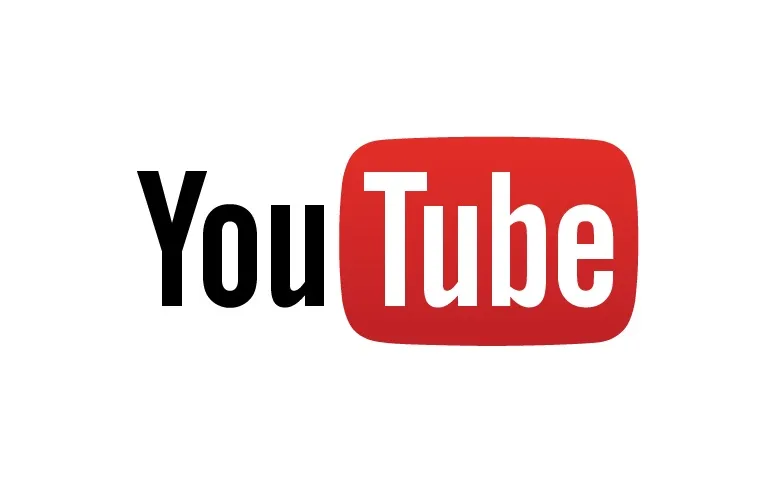YouTube’s “Content ID” copyright flagging system has long been the bane of those who monetize their YouTube videos as a source of income. On the other hand, YouTube has a business to protect itself, but regardless of your opinion on copyright law, the automated system has had one glaring flaw: false claims that rob creators of money during the appeal process.
The way Content ID works is that rights holders submit their audio and video assets to YouTube, who have created a database that all user-uploaded videos are scanned against for similarities. These rights holders have several options for what action the Content ID system should take when a video is flagged, with the most common being a complete block of the video from YouTube or the rights holder taking over monetization of the video, receiving revenue instead of whoever uploaded it.
It may be a crappy move for a company to pull revenue away from YouTube users, but it’s certainly their right. (Nintendo, for one, has gotten a lot of anger from fans for deciding they’d monetize any of their game footage for themselves.) Things get much trickier, however, when a copyright claim is invalid—or at least claimed to be. Even in court, copyright law is a nebulous thing, with “fair use” arguments being largely up to interpretation in a given case. When a Content ID flag of a video is contested by the uploader, it enters into an appeals process, during which time the uploader may be receiving plenty of views but no revenue for their work. If the flag is eventually deemed erroneous, there’s no way for that YouTuber to get that lost revenue back; it’s gone forever, which provides an unfair way for rights holders to pressure against videos that really are fair use, especially since videos tend to get more views early on in their life.
So, finally, YouTube is doing something about the disproportionate power that it awards to giant media corporations in stifling YouTube creativity. The solution is so simple it’s amazing that it’s taken so long for YouTube to implement it: When a company flags a video and wishes to monetize it for themselves (if a video is blocked outright, there’s really no lost revenue from un-monetized views), YouTube will continue to run ads on the video but keep the revenue locked away until either the Content ID claim or its dispute are finalized. At that point, the revenue will be released to whoever wins the case and thus the right to earn revenue from the video.
Their blog post on the change explains,
Even though Content ID claims are disputed less than 1% of the time, we agree that this process could be better. Making sure our Content ID tools are being used properly is deeply important to us, so we’ve built a dedicated team to monitor this. Using a combination of algorithms and manual review, this team has resolved millions of invalid claims in the last year alone, and acted on millions more before they impacted creators. The team also restricts feature access and even terminates a partner’s access to Content ID tools if we find they are repeatedly abusing these tools.
That’s a pretty small number of disputes, but it’s hard to say whether only 1% of videos are falsely identified or if only 1% of those identified have the will to fight back against a copyright claim. Perhaps the fact that revenue can be salvaged from every single view will embolden more creators to stand up for themselves, since they’ll actually win if they win, instead of being left at the end of an appeals process with a video that’s run its course and earned them nothing.
—The Mary Sue has a strict comment policy that forbids, but is not limited to, personal insults toward anyone, hate speech, and trolling.—
Follow The Mary Sue on Twitter, Facebook, Tumblr, Pinterest, & Google+.









Published: Apr 29, 2016 11:07 am